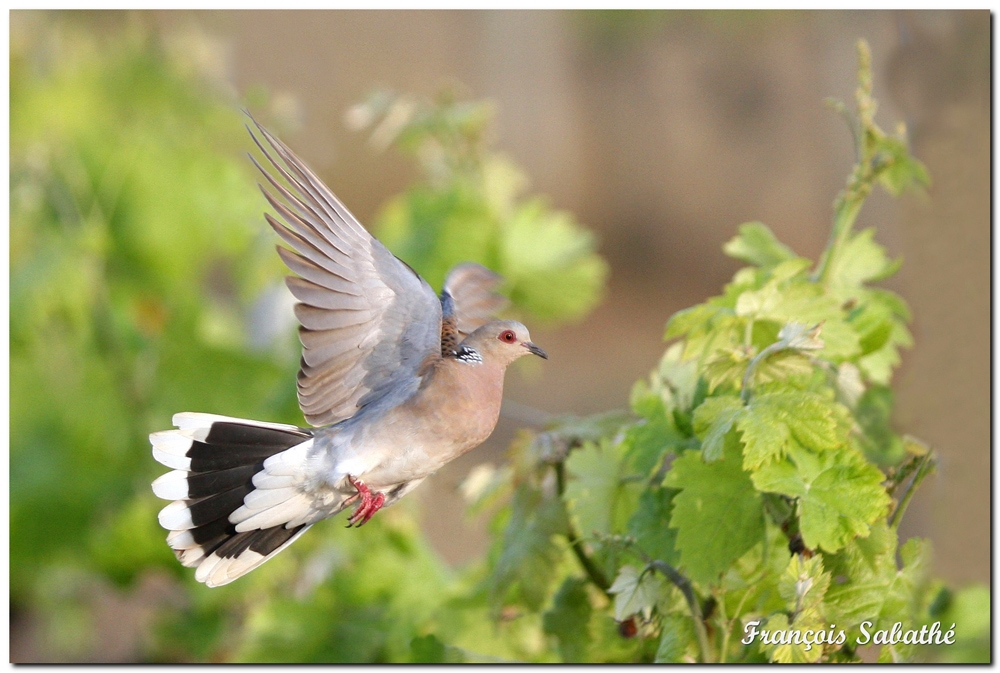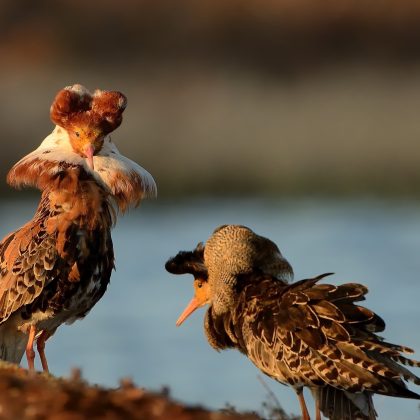Current levels of turtle dove hunting in Western Europe appear to be unsustainable
The gentle purr of the turtle dove Streptopelia turtur was once a common sound of summer across Europe. But sadly, like many migratory birds that winter in Africa and breed in Europe, this species has suffered enormous population declines. In the last two decades Europe has lost a third of its turtle doves while longer term declines in some countries have been catastrophic (98% in the UK). These bleak statistics led the IUCN to upgrade the conservation status of the species from ‘Near Threatened’ to ‘Vulnerable’.
The causes of the decline are not well understood. Research in Britain demonstrated a large reduction in breeding productivity probably caused by the loss of the preferred food (broad-leaved weed seeds) as a consequence of agricultural intensification. Another factor that might be contributing to the decline is legal hunting, which still occurs in 10 European countries and accounts for the deaths of 1.4 – 2.2 million turtle doves each year, from an EU population of 2.4 – 4.2 million pairs. An EU action plan stressed the need to assess the sustainability of such a large hunting harvest, and that was the topic of our recent paper Assessing the sustainability of harvest of the European Turtle-dove along the European western flyway (Lormee et al. 2019), pubished in Bird Conservation International .

Ideally, the sustainability of hunting should be assessed using matrix population models incorporating key demographic rates like age-specific survival and productivity. However, in the case of the turtle dove these demographic rates have only been measured in a few relatively local studies. We therefore applied an alternative approach – the Demographic Invariant Method (DIM) – which is based on the rather surprising observation that the maximum growth rates of bird populations are more-or-less constant across species when considered per generation (Niel & Lebreton 2005). This allows biologists to predict with reasonable confidence the maximum growth rate of any bird species based on a knowledge of just the adult survival rate and the age of first breeding. This maximum growth rate is a measure of the ability of the population to bounce back from additional mortality incurred, for example, through hunting.
We used the DIM method to assess the sustainability of the current legal hunt of turtle doves along the western European flyway stretching from Britain across to Denmark in the north, down to Spain and Portugal in the south. We used the latest estimates of population size and hunting bags along this flyway and explored a variety of scenarios reflecting uncertainty in demographic rates and population size, and different levels of caution regarding unknown sources of mortality.
When we applied the recommended level of caution for a ‘vulnerable’ species, the current level of hunting far exceeded (by 286,000 – 813,000 birds per annum) the likely sustainable level under all scenarios. Current levels of hunting could only be considered sustainable under the most restrictive and inappropriate assumptions for such a rapidly declining species.
The European Commission (EC) is encouraging all Member States that hunt turtle doves to promptly implement a temporary hunting quota set to zero until an adaptive harvest management is in place. It is also encouraging the development of habitat conservation measures for the breeding grounds. In the absence of decisive and concerted action by policy makers, hunters and conservation bodies, there is the very real prospect that turtle doves could be lost from several European countries during the next few decades.
The paper Assessing the sustainability of harvest of the European Turtle-dove along the European western flyway, by Hervé Lormée, Christophe Barbraud, Will Peach, Carles Carboneras, Jean Dominique Lebreton, Lara Moreno-Zárate, Leo Bacon and Cyril Eraud, was pubished in Bird Conservation International and is available free for a month.
Photos courtesy of François Sabathé.






